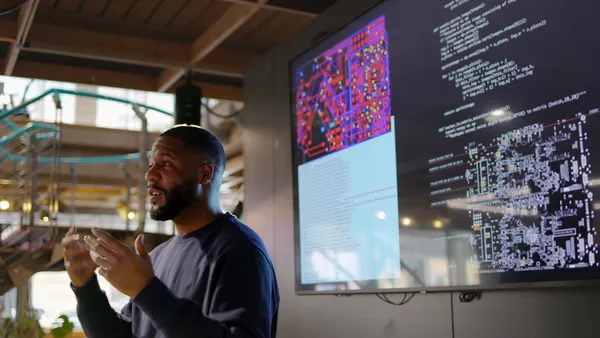Dive Brief:
- According to Michigan's "K-12 Virtual Learning Effectiveness Report," the percentage of the state's students taking at least one course online rose 38%.
- That rise isn't necessarily a good thing, though, as the report also notes that performance fell in those courses — further still when multiple online courses were taken on — and that the courses are being used for struggling students as opposed to those already doing well.
- The courses had a 57% overall completion/pass rate, though it rose to 72% for Michigan Virtual School and fell to 54% for cyber schools.
Dive Insight:
Of course, this brings about concerns that kids are being pushed into these classes with no consideration of whether they're prepared for them. Some students are reportedly even stacked with as many as 12 classes. The Michigan Virtual Learning Research Institute is behind the report, which has been required by state law since 2012.
In addition to the Michigan research, a study from Kent State University shows that college students taking online courses report that they miss having a personal connection with an instructor and that the courses require a great deal of self-motivation and self-teaching, often turning out to be more difficult than students expected. And bear in mind again that these were college students. If they report these issues in online courses, it might not be the best format for struggling K-12 students.













